Aidan Dunne visits the survey exhibition of painter Richard Gorman at the Hugh Lane Gallery
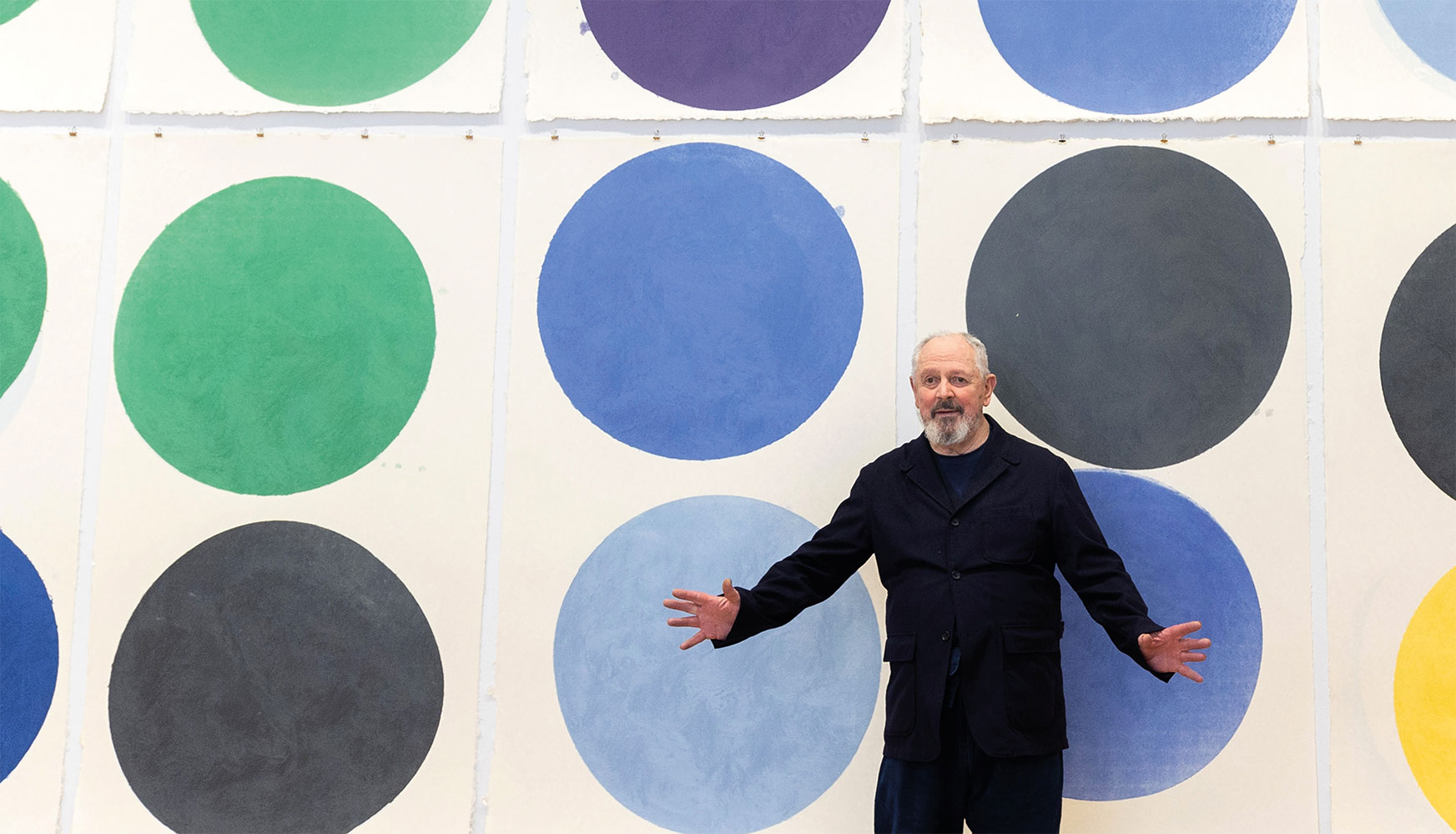
One line of approach to – or attack on – a body of artwork is to locate it firmly within a tradition and a network of influences and meaning. This applies to both representational and abstract painting. With representation, much of the discussion usually has to do with what is represented and the mode of its representation. Abstraction is often assigned to one of a number of art-historical labels – Minimalist or Expressionist, for example. There’s nothing wrong with labels as descriptive aides, but too often they are used in a closed, categorical way. The use of such dismissive epithets as ‘formalist’ or ‘decorative’, for example, curtails consideration.
Viewing artworks primarily as tokens in a history of styles, articulations of aesthetic or ideological principles or positions, identities, or as fundamentally illustrative in some way, can deflect attention from the particularity, or even strangeness, of the work of an artist like Richard Gorman. Over the years, from appearing to enjoy engagement with aspects of the world, if largely via pun and metaphor rather than representation, he has progressively moved to limit the implication of such external references. Up to a point. He still likes titles that are, perhaps teasingly, specific and allusive. Certainly, he is an artist at pains to guard against any narrative or other interpretative assumptions on the viewer’s part. His caution veers close to the laconic understatement of Per Kirkeby (1938–2018), whose explanatory summary of his own work went something like: ‘I’m a painter and I’ve made some paintings.’
To read this article in full, subscribe or buy this edition of the Irish Arts Review
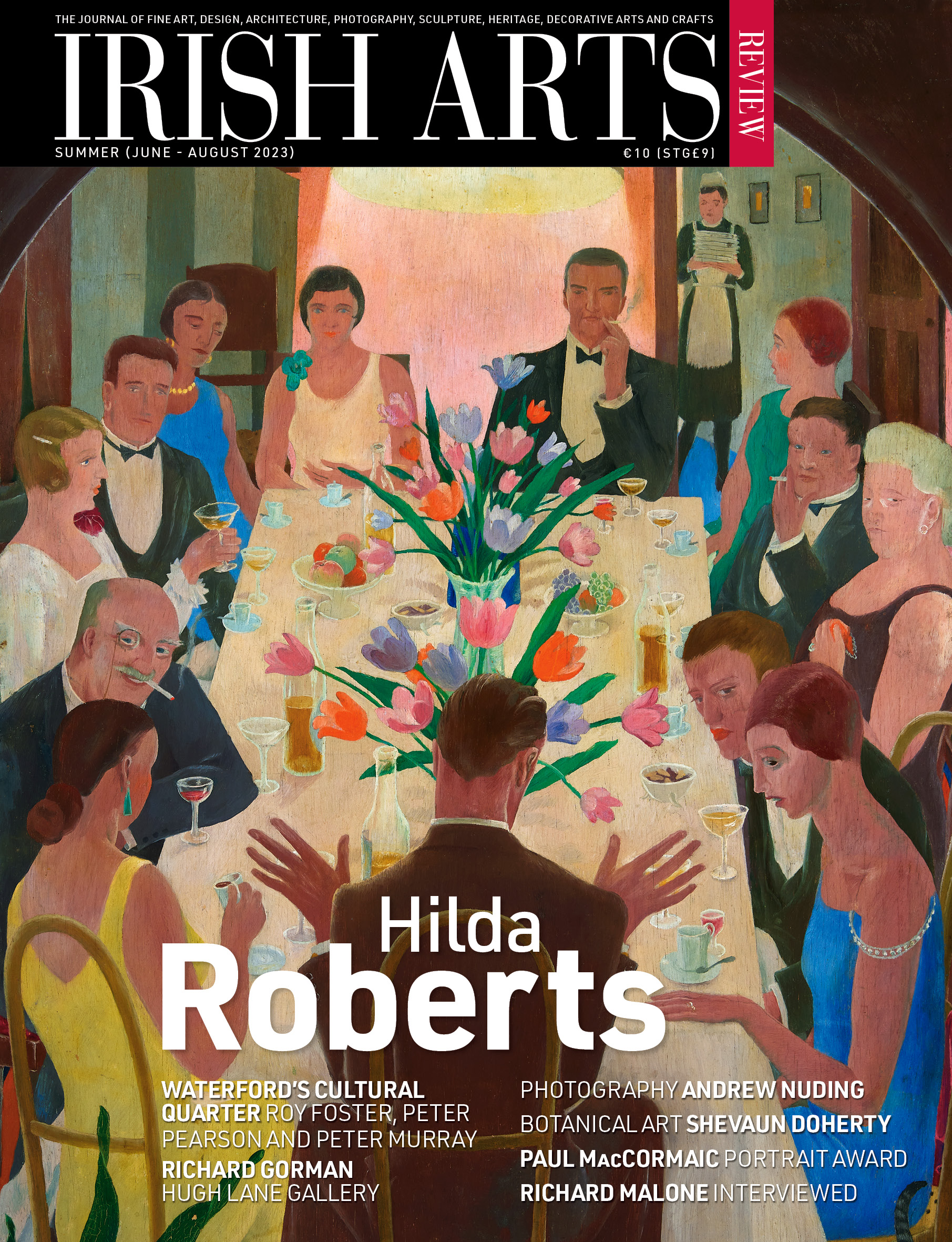
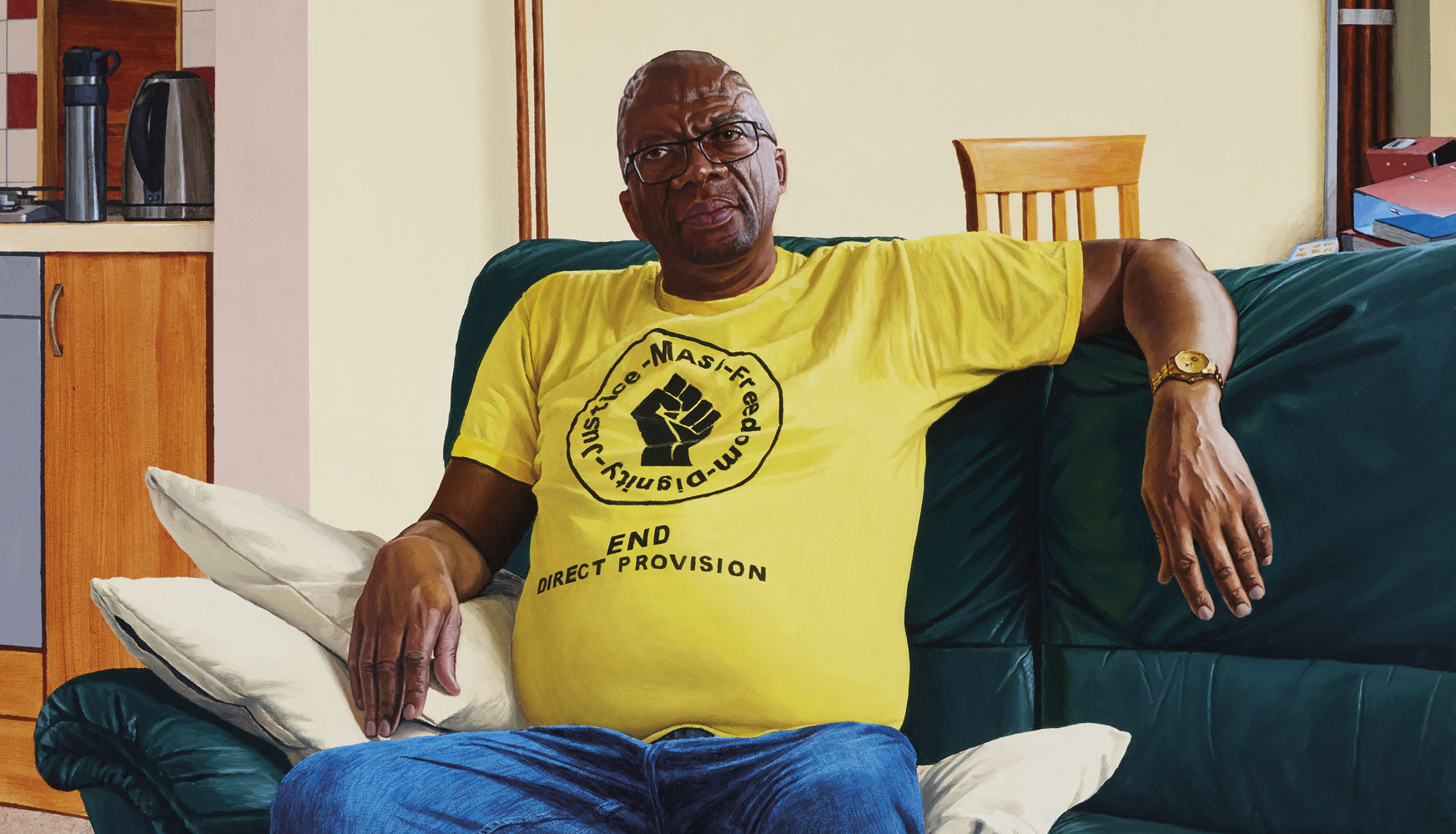
Angela Griffith appraises Paul MacCormaic’s painting of Lucky Khambule, this year’s winner of the Ireland–U.S. Council and Irish Arts Review Portraiture Award
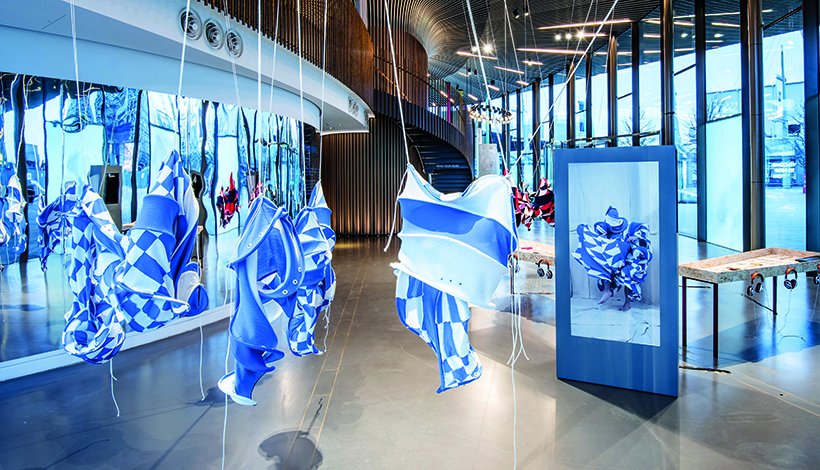
Rachel Thomas interviews Richard Malone, an artist who works across the media of sculpture, fashion and performance, pushing the boundaries of traditional sculpture.
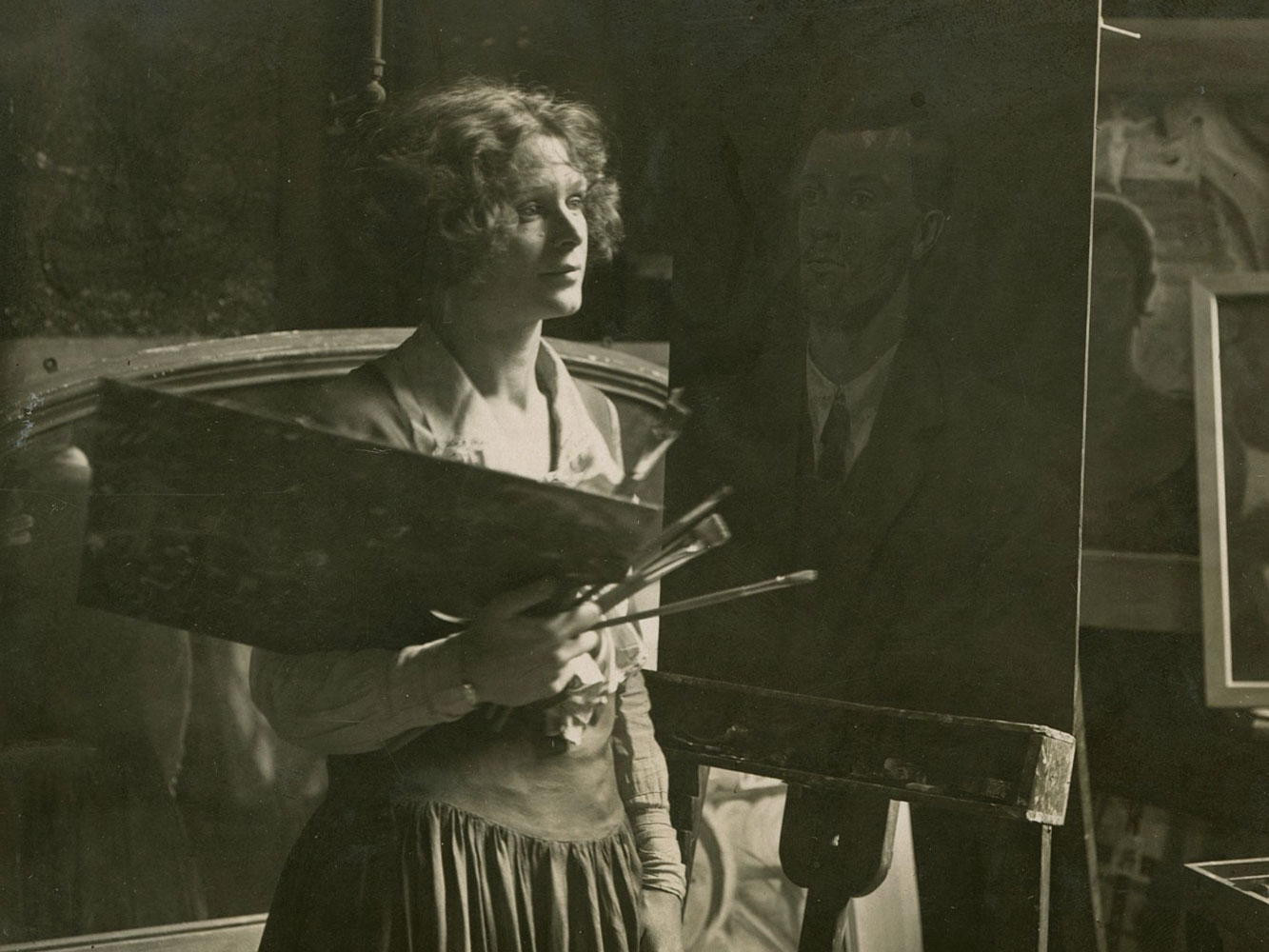
Hilary Pyle recalls the artist Hilda Roberts, two-time winner of the RDS Taylor Art Award, whose talents were apparent from an early age